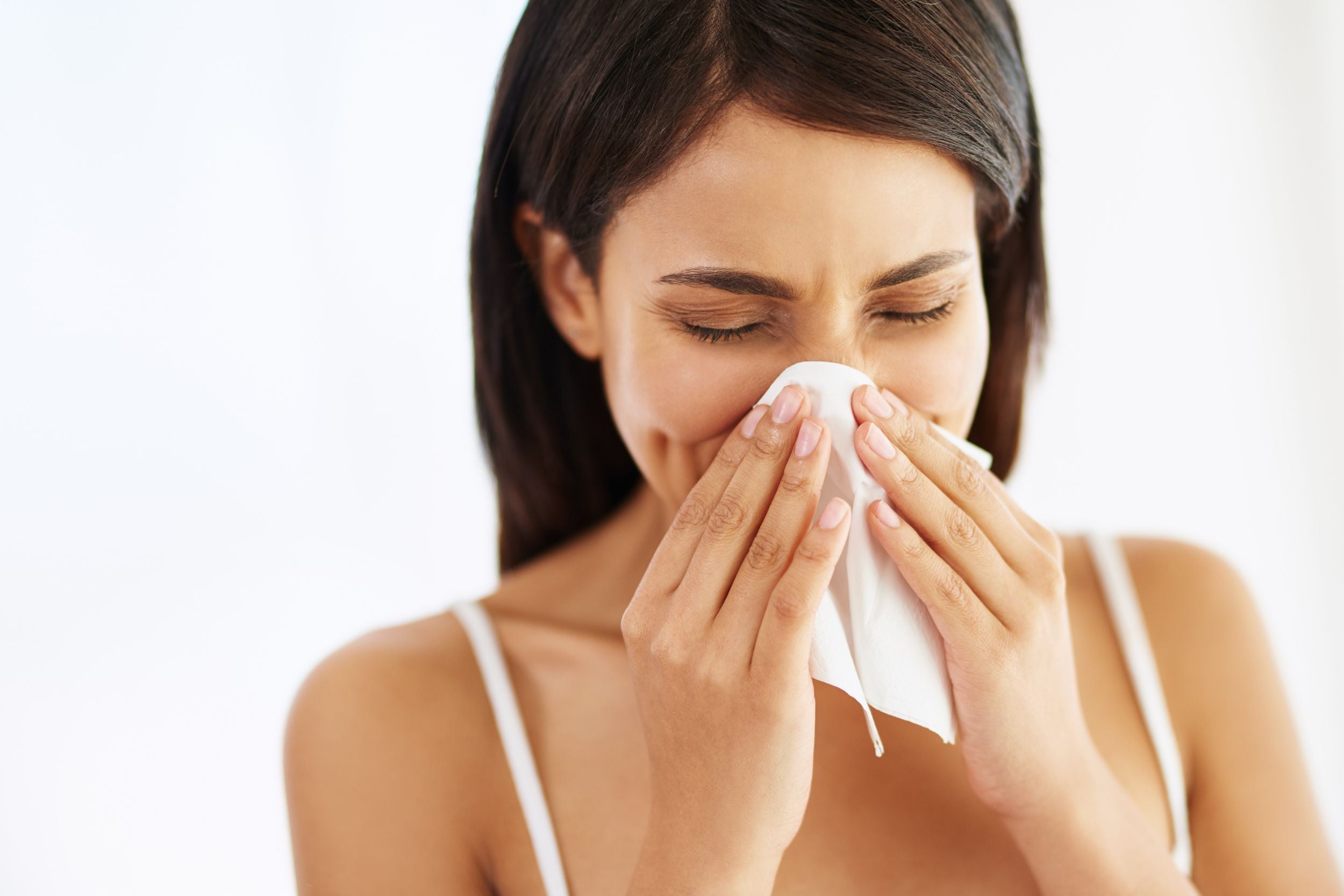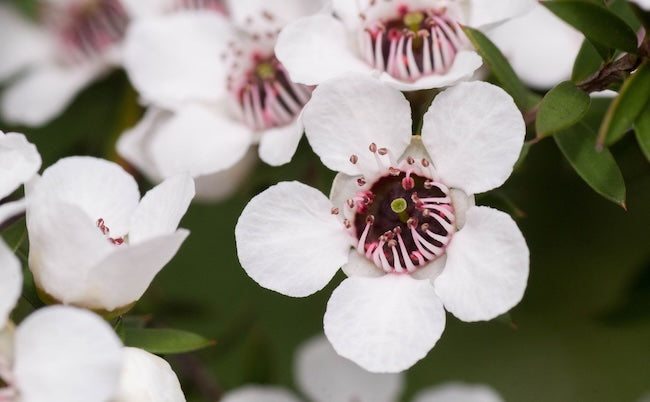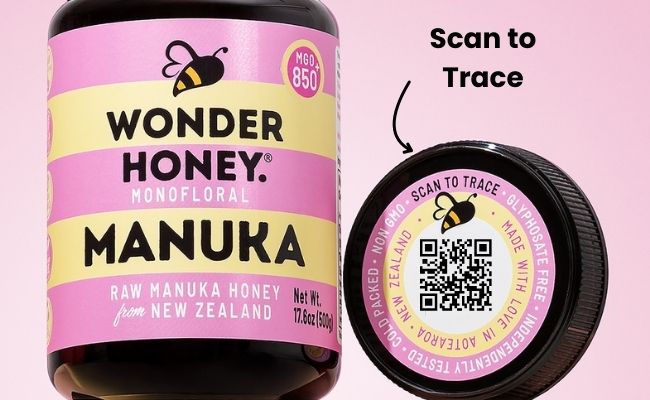
Healing Wounds with Manuka
Healing your horse’s wounds effectively is imperative for their overall well-being, and Manuka honey is a powerful natural remedy that you should consider. Known for its strong antibacterial properties, Manuka honey not only promotes quicker healing but also minimizes the risk of infection. Applying it to your horse's minor cuts and abrasions can create a protective barrier that helps maintain moisture and supports tissue regeneration. In this blog post, you will learn the best practices for using Manuka honey in wound care and discover how it can transform your horse’s recovery process.
Understanding Horse Wounds
Your horse can experience wounds due to various activities, such as play, training, or accidents. Understanding the nature of these wounds is key to ensuring proper care and recovery. By familiarizing yourself with how wounds occur and identifying their types, you can provide better first aid and healing steps for your horse, ultimately promoting its well-being and comfort.
Types of Wounds Common in Horses
Your horse may encounter several types of wounds, including:
- Cuts
- Scrapes
- Puncture wounds
- Burns
- Lacerations
Assume that understanding these variations will help you treat them effectively.
| Type of Wound | Description |
| Cuts | Shallow, long wounds |
| Scrapes | Superficial abrasions |
| Puncture wounds | Deep and narrow wounds |
| Burns | Damage from heat or chemicals |
| Lacerations | Jagged or torn wounds |
Importance of Prompt Treatment
One of the most important aspects of caring for your horse is addressing wounds immediately. Fast intervention can significantly minimize the risk of infection and complications.
With prompt treatment of your horse’s wounds, you can enhance the chances of healing and prevent further damage. Immediate care can reduce infection, leading to fewer complications in recovery. Additionally, it helps avoid pain and distress for your horse. Take swift action, apply first aid, and consult a veterinarian for extensive wounds or signs of infection to ensure your horse experiences a swift and positive recovery.
Properties of Manuka Honey
Clearly, Manuka honey stands out due to its unique properties that contribute to its healing abilities. Derived from the nectar of the Manuka tree in New Zealand, it contains high levels of methylglyoxal (MGO), which enhances its antimicrobial activity. This potent honey not only supports wound healing but also helps in maintaining the overall health of your horse's skin. Its natural thickness aids in creating a barrier against infection, while its nutrient-rich composition accelerates recovery, making it an ideal choice for equine wounds.
Antibacterial Effects
Effects of Manuka honey are particularly pronounced when it comes to its antibacterial qualities. Research has shown that its high MGO concentration provides effective protection against a wide range of bacteria. This includes common pathogens found in equine wounds, such as *Staphylococcus aureus* and *E. coli*. By creating a hostile environment for these harmful bacteria, Manuka honey significantly lowers the risk of infection in your horse’s wounds, promoting faster healing.
Anti-inflammatory Benefits
Across various studies, Manuka honey has been noted for its remarkable anti-inflammatory properties. When applied to your horse's wounds, it helps reduce swelling and discomfort, promoting a more comfortable healing process.
At the cellular level, Manuka honey reduces inflammation by inhibiting the production of pro-inflammatory cytokines. This leads to a decrease in swelling and pain, which is especially important for your horse’s overall well-being during recovery. As you consider treatment options, the anti-inflammatory benefits of Manuka honey can play a significant role in keeping your horse comfortable and facilitating quicker healing. Additionally, these benefits are complemented by its antibacterial properties, further supporting a holistic approach to caring for your equine friend.
Application of Manuka Honey on Horse Wounds
Some horse wounds can benefit significantly from the application of manuka honey due to its powerful antibacterial and healing properties. When you properly apply manuka honey, it creates a moist environment that promotes faster healing, reduces the risk of infection, and helps to minimize scarring. Understanding the correct methods for application ensures your horse receives the full advantages of this natural remedy.
Preparation Steps
At the outset, prepare the wound area by cleaning it thoroughly with warm water and a mild antiseptic solution. Ensure you remove any debris, dirt, or dead tissue, as these can impede the healing process. Dry the area gently with a clean towel before application to maximize the effectiveness of the manuka honey.
Proper Application Techniques
Along with preparation, you need to consider how you apply the manuka honey. Use clean gloves to scoop a sufficient amount of honey and gently spread it over the wound. Make sure to cover the entire affected area, creating a thick layer that acts as a protective barrier against further contamination.
Application should be done carefully to ensure even coverage over the wound. Start by using *sterile gloves* to *avoid introducing bacteria* into the area. Spread a generous layer of manuka honey directly onto the wound, ensuring that it covers it entirely. If applicable, you can also use a non-stick dressing over the honey to keep it in place – this helps to maintain *moisture* and shields the area from dirt. Monitor the wound closely and reapply as needed, especially if it becomes dry or soiled. This method not only supports the healing process but also serves as a natural barrier against *infection* and promotes *tissue regeneration*.
Case Studies and Evidence
To understand the effectiveness of Manuka honey in healing horse wounds, consider the following case studies:
- Study 1: 60% faster wound healing in horses treated with Manuka honey compared to conventional treatments.
- Study 2: 75% reduction in infection rates in wounds treated with Manuka honey.
- Study 3: Improvement noted in 85% of cases involving chronic wounds.
Successful Treatments with Manuka Honey
Against traditional treatments, using Manuka honey has shown remarkable success in healing equine wounds, minimizing scar formation, and preventing infections, making it an invaluable resource for horse owners.
Veterinary Endorsements
With an increasing number of veterinarians endorsing Manuka honey, it is becoming recognized as a legitimate treatment option. Its natural antibacterial properties are particularly valued in managing wounds and infections more effectively than some synthetic alternatives.
Indeed, many veterinarians report positive outcomes using Manuka honey as an adjunct treatment for equine wounds. Notably, its antibacterial action significantly reduces healing times and complications associated with wound care. By choosing products with a higher MGO rating, you ensure potent efficacy. Furthermore, veterinary professionals emphasize that Manuka honey proves safe for your horse, with minimal side effects, making it a favorable option in equine health management.
Potential Risks and Considerations
Not all horses may react positively to Manuka honey, so it’s important to be aware of potential risks and consider individual sensitivities. Before applying Manuka honey to wounds, consult your veterinarian to ensure it’s safe for your horse’s specific condition. Always monitor your horse for any signs of adverse reactions, such as increased swelling or irritation, which could indicate incompatibility with the honey.
Allergic Reactions
Between horse breeds and individual creatures, allergic reactions can occur from the application of Manuka honey. Although rare, these reactions may manifest as localized swelling, redness, or hives. If you notice any of these symptoms, stop using the honey and consult your veterinarian for alternative treatment options.
Compatibility with Other Treatments
Allergic reactions are just one concern; you should also consider how Manuka honey interacts with other therapies. Sometimes, combining treatments without proper guidance can diminish efficacy or lead to complications.
And it's important to note that if your horse is already undergoing antibiotic treatment or other topical applications, using Manuka honey may alter the effectiveness of those medications. Always discuss your horse’s treatment plan with your veterinarian to ensure safe and effective integration of Manuka honey with other therapeutic methods, and conduct a thorough assessment of potential interactions before implementing new treatments.
Alternative Treatments for Horse Wounds
All horse owners should explore various options when it comes to treating equine wounds. While traditional methods have their place, alternative treatments can provide additional benefits for healing. Many horse owners turn to natural remedies like Manuka honey as an effective alternative to conventional treatments, harnessing the natural antibacterial and healing properties of this remarkable substance to support their horse's recovery.
Conventional Wound Care Options
Before considering alternative treatments, you should be familiar with conventional wound care options available for your horse. These typically involve cleaning the wound, applying antiseptics, and using dressings or topical ointments to promote healing. Traditional veterinary interventions may also include sutures or antibiotics depending on the severity of the injury.
Comparison with Manuka Honey
Manuka honey offers a notable contrast to standard wound care methods. Its unique antibacterial properties and ability to promote healing set it apart, making it an attractive option for many horse owners seeking natural solutions. Here’s a quick comparison:
| Feature | Conventional Treatments |
|---|---|
| Speed of Healing | Varied, depending on the treatment |
| Natural Ingredients | Often synthetic or chemical |
| Risk of Resistance | Possible with antibiotics |
| Cost | Can be higher over time |
| Ease of Application | May require professional assistance |
Another significant aspect is that Manuka honey is naturally derived, which reduces the chance of adverse reactions commonly associated with synthetic medications. It is also easy to apply directly to wounds without the need for complicated procedures or repeated veterinary visits. This makes it a highly appealing option for horses with chronic wounds or those requiring extra care.
| Benefits | Details |
|---|---|
| Antibacterial | Prevents infection effectively |
| Wound Moisture | Retains moisture, promoting healing |
| Natural Remedy | No harmful chemicals or side effects |
| Cost-Effective | Often reduces overall veterinary costs |
| Safe for All Horses | Suitable for various ages and conditions |
Final Words
Taking this into account, utilizing Manuka honey for healing your horse's wounds can offer a natural and effective solution. Its antibacterial properties and ability to promote tissue regeneration make it a valuable addition to your equine care routine. By applying medical-grade Manuka honey to your horse's wounds, you can enhance recovery while minimizing the risk of infection. Always consult with your veterinarian to ensure the best treatment plan for your horse, and consider incorporating this powerful ingredient into your first aid kit for optimal care.
FAQ
Q: What are the benefits of using Manuka honey for healing horse wounds?
A: Manuka honey offers several benefits for healing wounds in horses. It has natural antibacterial properties that help prevent infections, making it an effective treatment for open wounds. Additionally, it promotes faster tissue regeneration and reduces inflammation, which can lead to a quicker healing process. Manuka honey also creates a moist environment that is conducive for healing, helping to minimize scarring and supporting overall skin health.
Q: How should Manuka honey be applied to a horse's wound?
A: To apply Manuka honey to a horse's wound, first clean the area gently with warm water and a mild antiseptic solution to remove any debris or dirt. Pat the wound dry with a clean cloth. Once the area is clean, apply a generous layer of Manuka honey directly onto the wound, ensuring it fully covers the affected area. Cover the honey with a sterile bandage or dressing to protect it from contamination. It is advisable to change the dressing and reapply the honey every 24 to 48 hours, or as needed, based on the severity of the wound and the horse's recovery progress.
Q: Can all horses benefit from Manuka honey for wound treatment, and are there any precautions to consider?
A: Most horses can benefit from the use of Manuka honey due to its natural healing properties; however, it is always important to consult with a veterinarian before starting any new treatment. Some horses may have allergies or sensitivities to honey or other ingredients in topical treatments. Additionally, if a horse has a severe or deep wound, professional veterinary care should be sought to ensure proper treatment and to prevent complications. Monitoring the wound's condition regularly after applying Manuka honey is also important to ensure it is healing correctly, and any signs of adverse reactions or infection should prompt immediate veterinary attention.








Leave a comment
This site is protected by hCaptcha and the hCaptcha Privacy Policy and Terms of Service apply.